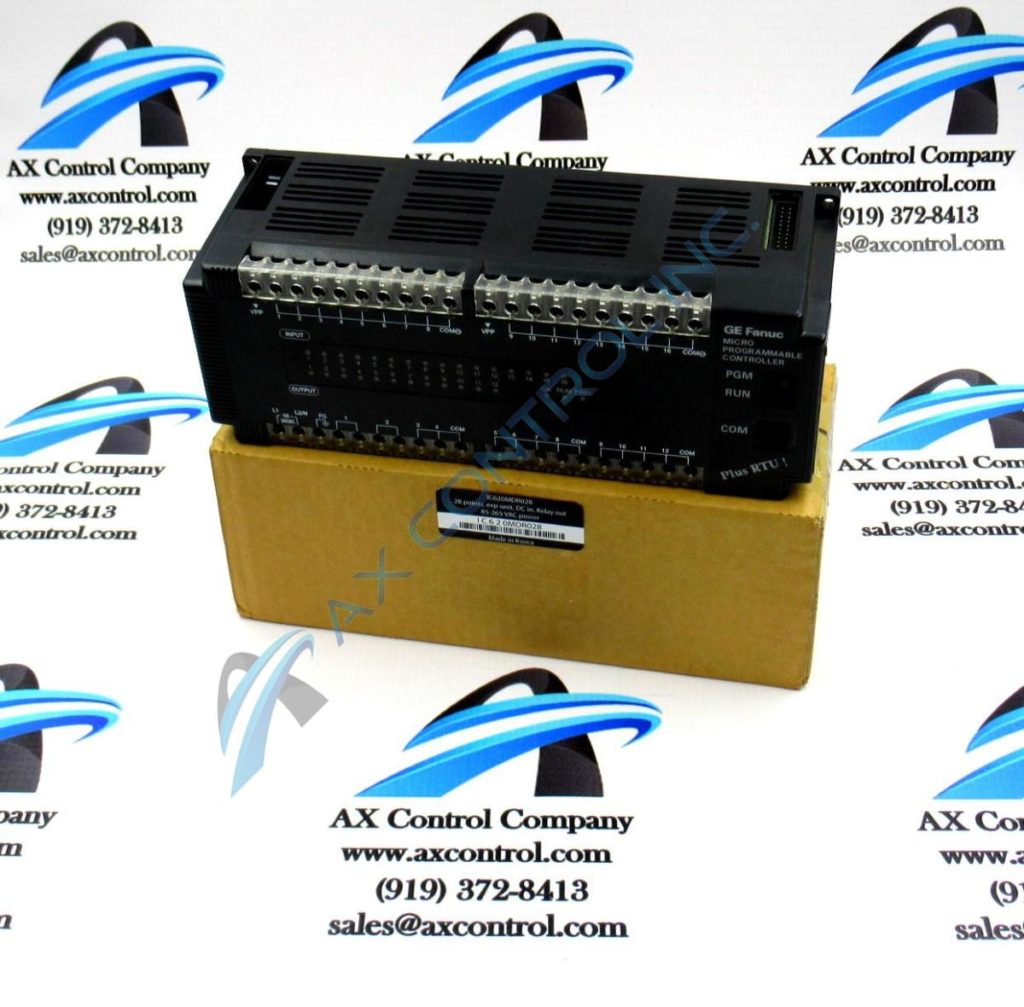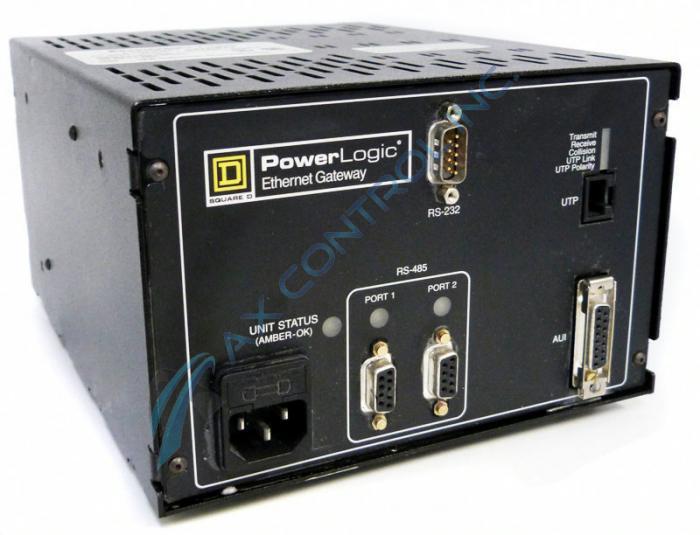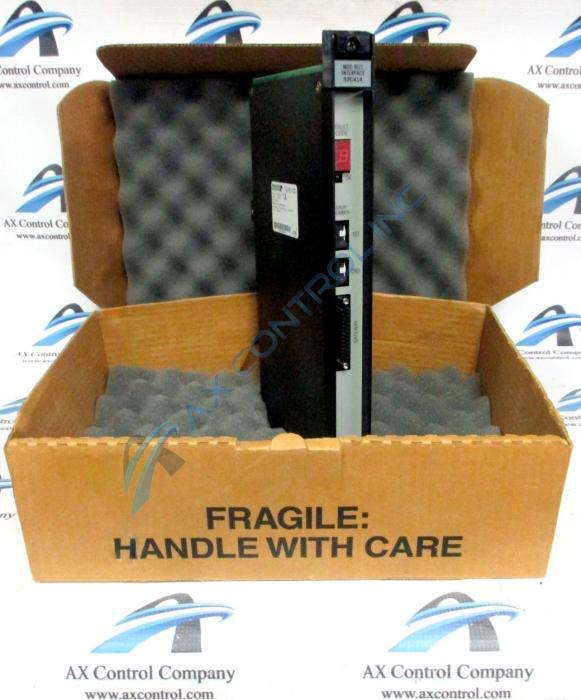
Does surface roughness have an effect on turbine blade efficiency? Before we answer, let’s consider another theoretical.
Have you ever stood at the top of a mountain or hill and felt the wind slipping over the top of the summit around you? If you’ve done this in cold weather, you’ve probably looked for something like a tree or an outcropping to stand behind. Even smaller ones help. Such things act as windbreaks, parting the constant stream of air coming at you and softening it. But when nothing is in the way, air moving over the curved summit can feel like it’s been supercharged. It moves with an impressive ferocity of speed.
As it turns out, turbine blade efficiency acts much in the same way. And any sort of surface roughness acts like those outcroppings: parting, changing, and diverting the oncoming rush of air.
Although turbine blade design helps maintain robust performance under harsh conditions, wind turbine blades will show wear after only a short time. This includes chipping paint, edge erosion, and insect buildup. Offshore wind turbines are particularly susceptible to this wear due to UV radiation, salt spray, and other contaminants.
As this kind of roughness increases on blade surfaces, performance decreases. Performance issues include increased drag and decreased lift.
When roughness becomes more pronounced, some wind turbines may become subject to blade stall. Others may see a significant decrease in annual energy production.(1)
While surface roughness is not entirely to blame, such wear may be part of the underperformance issues plaguing many wind farms.
Blade erosion and surface roughness can be checked through regular inspections. This can pinpoint areas needing attention. Maintenance can then restore some original turbine efficiency.
(1) Ehrmann, Robert S., and White, E. B. Effect of Blade Roughness on Transition and Wind Turbine Performance.” United States. https://www.osti.gov/servlets/purl/1427238.
Need more information on industrial turbine replacement parts? We can help with that. Talk to our team today.




You must be logged in to post a comment.